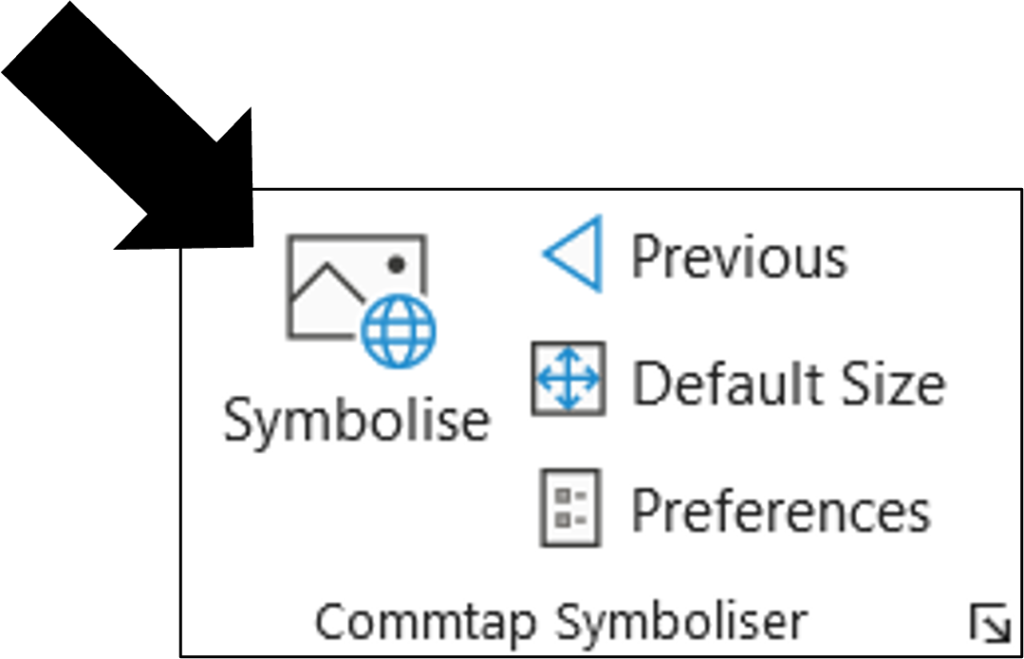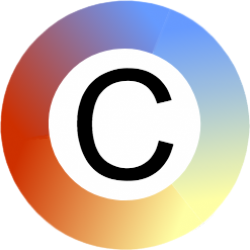Sign up for information on using symbols and the symboliser
Communication symbols are a really effective way of supporting information sharing in a wide variety of contexts. Here we show you how to add and use symbols. Examples from education and healthcare are included.
Done properly, communication symbols make lesson materials and other information accessible to those with a communication or learning difficulty. They also make information easier to retain for everyone – not just for those with a communication/learning difference.
This method is quick, and you can use it with any PowerPoint document.
Before you start, you will need to have the Commtap Symboliser for PowerPoint installed.
1. Write some text in PowerPoint
The land in Egypt is very dry.
People used irrigation to bring water to the land.
This meant they could grow crops, live in one place, and build cities.
Your child has a broken wrist. Broken bones are sometimes referred to as cracked or fractured. These terms mean the same thing. A Torus (Buckle) fracture is a minor fracture which occurs in children’s wrist bones. Their bones are softer and more flexible than adults. Often, they just show a kink or crack rather than complete break.
These fractures mostly heal quickly by themselves and do not require further intervention.
2. Choose key words from the text
- Limit this to the core/contextual information
- Try to keep it below four words/concepts per block of text
- You are not aiming to convey all of the information with the symbols
The land in Egypt is very dry.
People used irrigation to bring water to the land.
This meant they could grow crops, live in one place, and build cities.
Your child has a broken wrist. Broken bones are sometimes referred to as cracked or fractured. These terms mean the same thing. A Torus (Buckle) fracture is a minor fracture which occurs in children’s wrist bones. Their bones are softer and more flexible than adults. Often, they just show a kink or crack rather than complete break.
These fractures mostly heal quickly by themselves and do not require further intervention.

3. Symbolise each of the words you chose
- Set the symbols to appear above paragraphs
- Place the mouse cursor in the first word you chose
- Click on “Symbolise”
- Keep clicking to see any alternatives
- “Previous” goes back to a previous symbol
- Don’t worry if a symbol looks abstract – it will still help
- Use “Alternate Word” if you are not getting a symbol for a word
- Use “Default Size” if you want to change the size of the symbols that appear
- Repeat for the other words you chose
The land in Egypt is very dry.
People used irrigation to bring water to the land.
This meant they could grow crops, live in one place, and build cities.

Your child has a broken wrist. Broken bones are sometimes referred to as cracked or fractured. These terms mean the same thing. A Torus (Buckle) fracture is a minor fracture which occurs in children’s wrist bones. Their bones are softer and more flexible than adults. Often, they just show a kink or crack rather than complete break.

These fractures mostly heal quickly by themselves and do not require further intervention.

4. Present or share your information
- This could be teaching a lesson, or a conversation with a client
- Present the information in your usual way
- As you do so, make sure you draw attention to the key words/concepts and their associated symbols
Contact us if you would like any advice and support in using symbols.
